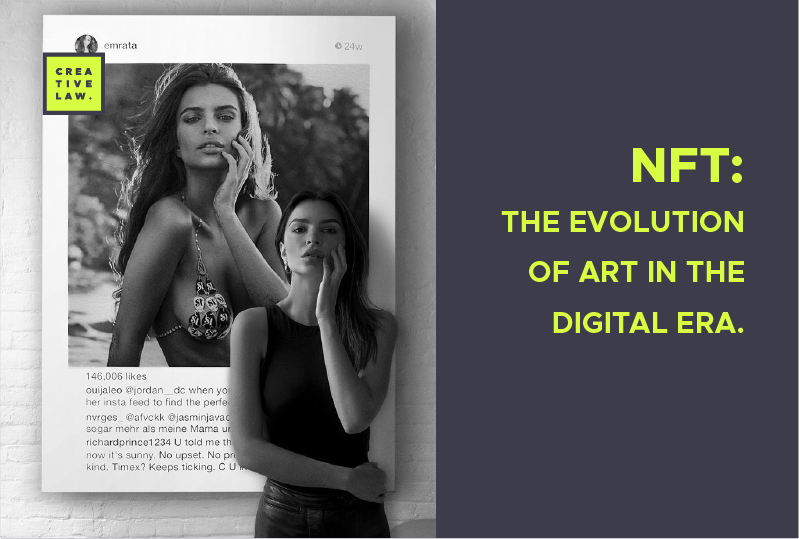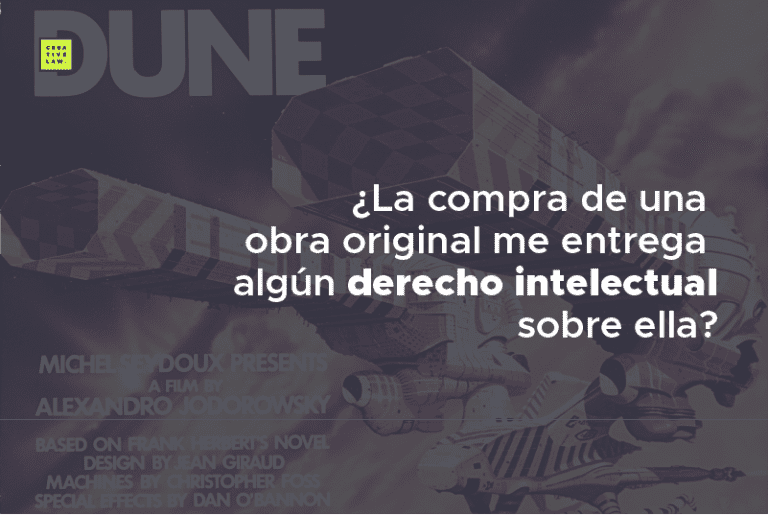A work of art that does not exist in the physical world was auctioned for $ 69 million; public figures are endorsing the use of their images in the digital world; artist Grimes sold a collection of her digital artwork for more than $ 6 million earlier this month; What do these three cases have in common? the use of NFTs, a digital token as a new digital response to collectibles.
If bitcoin was hailed as the digital answer to currencies, NFTs are now considered the digital answer to collectibles. NFTs are short for non-fungible token, that is, something that has unique properties and cannot be exchanged. For example, a work of art like the Mona Lisa, which is unique, one can replicate it or take a photograph of it but there will be only one original painting.
NFTs are an “inimitable” asset in the digital world that can be bought and sold like any other type of property, but they have no tangible form in themselves. These digital tokens can be understood as certificates of ownership of virtual or physical assets.
Last week, the NFTs were the key element of a news story about model and writer Emily Ratajkowski, who in an attempt to re-establish authority over her own image will auction an NFT of her essay titled “Buying Me Back: A Model For The redistribution ”on May 14th through the Christie’s platform.
In the work, Ratajkowski explains the situation he experienced long ago when renowned artist Richard Prince used a series of photos from his Instagram profile without his consent as part of his New Portraits series, which is featured in several Instagram posts printed on canvas sold in approximately $ 90,000 dollars.
When he tried to buy the works of Prince that contained his image someone else had already done so, he only succeeded with one, with which he posed for a new photo that he uses today as his NFT image.
“As someone who has built a career sharing their image, many times, even though that is my livelihood, they take it from me and then someone else benefits from it,” he said. Every time your NFT is resold, you will receive an undisclosed cut. “For me, this digital market is a way of communicating this specific idea that could not exist otherwise.”
But Emily has not been the only one to make use of this new digital resource; especially for the art world, this is a promising tool that has positioned itself as a new form of transaction and protection of copyright and image.
With NFTs, art can be tokenized to create a digital certificate of ownership that can be bought and sold. As with cryptocurrencies, a record of who owns what is stored in a shared ledger such as the blockchain.
The records cannot be falsified because the book in question is maintained by thousands of computers around the world.
NFTs can also contain smart contracts that could provide the artist with, for example, a portion of a future token sale.
In theory, anyone can tokenize their work to sell it as an NFT, but interest has grown in the wake of news of multi-million dollar sales.
On February 19, a Gif of Nyan Cat, the famous 2011 meme of a cat with a cookie body flying, sold for more than $ 500,000.
A few weeks later, Canadian singer Grimes sold a collection of digital works for more than $ 6 million.
Sources:
https://www.bbc.com/mundo/noticias-56502251
https://www.nytimes.com/2021/04/23/style/emily-ratajkowski-nft-christies.html
@emrata




